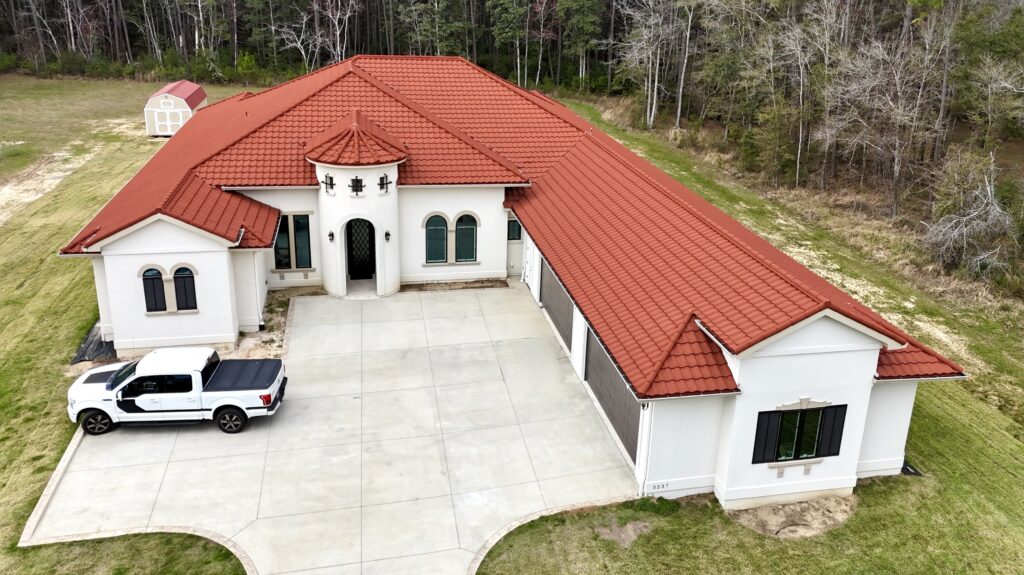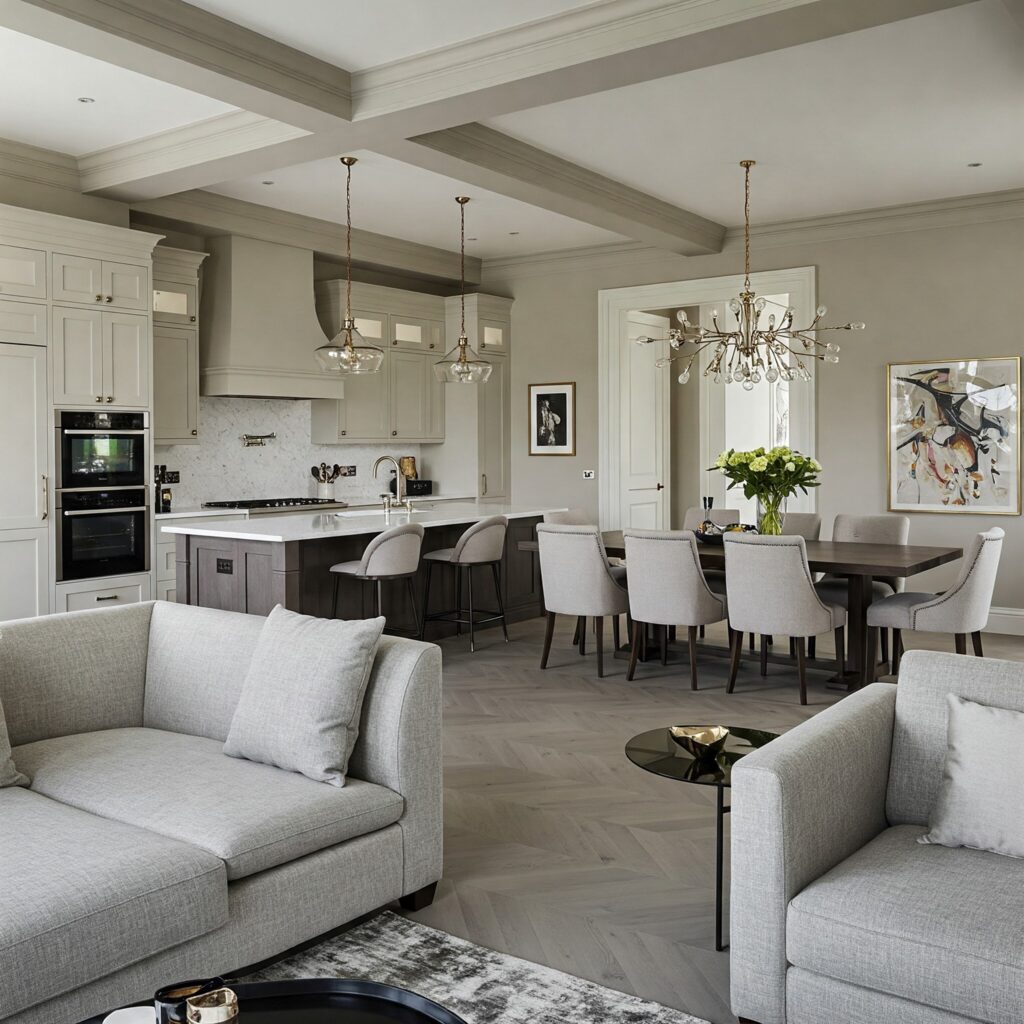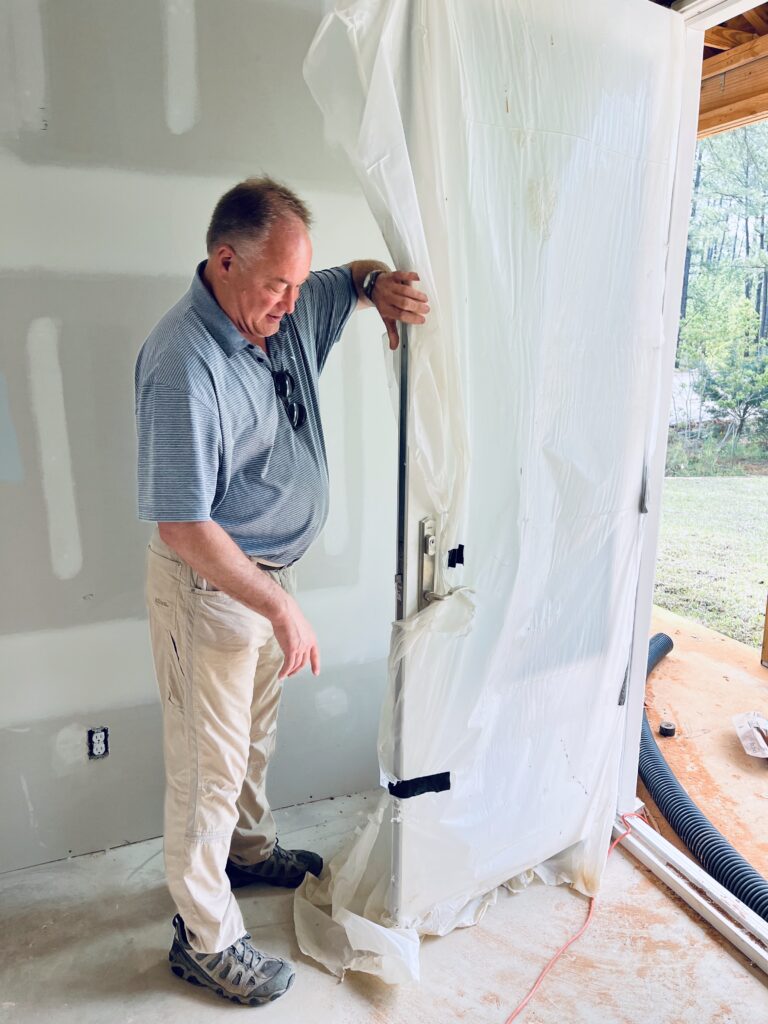When it comes to building a home, every decision matters. From the layout to the finishes, each choice can impact your comfort, your budget, and the long term value of your property. One of the most important decisions homeowners face is the selection of building materials. Choosing high quality, durable materials is not just about aesthetics it is an investment in the longevity, efficiency, and overall performance of your home.
Durability That Stands the Test of Time
High quality building materials are designed to last. Unlike lower grade materials that may warp, crack, or deteriorate over time, premium materials offer superior strength and resilience. Structural components like reinforced concrete, treated lumber, and energy efficient windows provide the stability needed to withstand the elements and daily wear and tear. Investing in durability reduces the need for costly repairs or replacements down the road and ensures your home maintains its structural integrity for years to come.
Durable materials also perform better under extreme weather conditions. Coastal areas, regions with heavy rainfall, or places with fluctuating temperatures place additional stress on homes. By choosing materials that are engineered to handle these challenges, homeowners can protect their property from damage and avoid the disruptions and expenses associated with emergency maintenance.
Energy Efficiency and Long Term Savings
High quality materials often contribute to energy efficiency. Insulated walls, advanced roofing systems, and efficient windows and doors help maintain consistent indoor temperatures, reducing reliance on heating and cooling systems. Over time, this translates to lower utility bills and a smaller environmental footprint. While the initial investment may be higher, the long term savings make premium materials a smart financial choice.
Energy efficient materials also improve comfort. Well insulated walls and high performance windows minimize drafts and help maintain a consistent temperature throughout the home. This not only enhances day to day living but also protects interior finishes and furnishings from temperature related wear, further preserving the value of your investment.
Lower Maintenance and Reduced Costs
One of the less obvious advantages of high quality building materials is the reduced need for ongoing maintenance. Materials that are resistant to moisture, rot, pests, and corrosion require less upkeep than standard options. For example, marine grade treated lumber and composite decking are designed to withstand outdoor conditions without warping, splintering, or fading. Similarly, durable roofing materials can resist wind, hail, and sun damage far longer than conventional shingles.
Reduced maintenance saves both time and money. Homeowners spend less on repairs, replacements, and upkeep while enjoying a home that looks and performs better for longer. This peace of mind is especially valuable for busy families or those who plan to live in their home for decades.
Enhanced Property Value
Homes built with high quality materials often command higher resale values. Prospective buyers recognize the benefits of a home that is strong, energy efficient, and low maintenance. Features such as durable flooring, advanced insulation, and superior windows are attractive selling points that differentiate a property in a competitive market. Investing in premium materials can make a significant difference in the long term return on your investment, whether you stay in your home for years or eventually sell it.
Aesthetic Appeal That Lasts
In addition to functional benefits, high quality materials enhance the beauty of a home. Premium finishes, natural wood accents, and carefully selected exterior elements maintain their appearance longer than lower grade alternatives. This not only improves curb appeal but also contributes to a home that feels intentional and thoughtfully designed.
Aesthetics matter both for personal enjoyment and marketability. A home that looks well built and visually cohesive communicates quality and care, reinforcing the value of every other investment you make in the property.
Sustainable Choices for the Future
Many high quality materials are also environmentally responsible. Reclaimed wood, recycled steel, and low VOC paints reduce environmental impact while providing exceptional performance. Sustainable materials can contribute to better indoor air quality and healthier living conditions while supporting broader efforts to reduce waste and conserve resources.
Choosing sustainable, durable materials is a way to future proof your home. As building standards evolve and energy costs rise, homes constructed with high quality materials are better positioned to meet modern efficiency requirements and maintain long term relevance in the housing market.
Making Smart Decisions From the Ground Up
Building a home is about more than immediate costs. Every material selection impacts durability, efficiency, maintenance, and long term value. By prioritizing high quality, durable materials, homeowners make an investment that pays dividends in comfort, peace of mind, and financial savings.
From reinforced foundations to energy efficient windows, resilient roofing, and treated exterior finishes, every component of your home matters. Thoughtful decisions at the start of a project can prevent headaches, reduce expenses, and create a home that remains functional and beautiful for decades.
High quality materials are not just a luxury they are a practical, strategic choice. They strengthen your home, lower long term costs, enhance aesthetics, support sustainability, and boost property value. When it comes to building a home, investing in quality from the ground up ensures that your property stands the test of time and delivers the comfort, security, and satisfaction every homeowner deserves.





